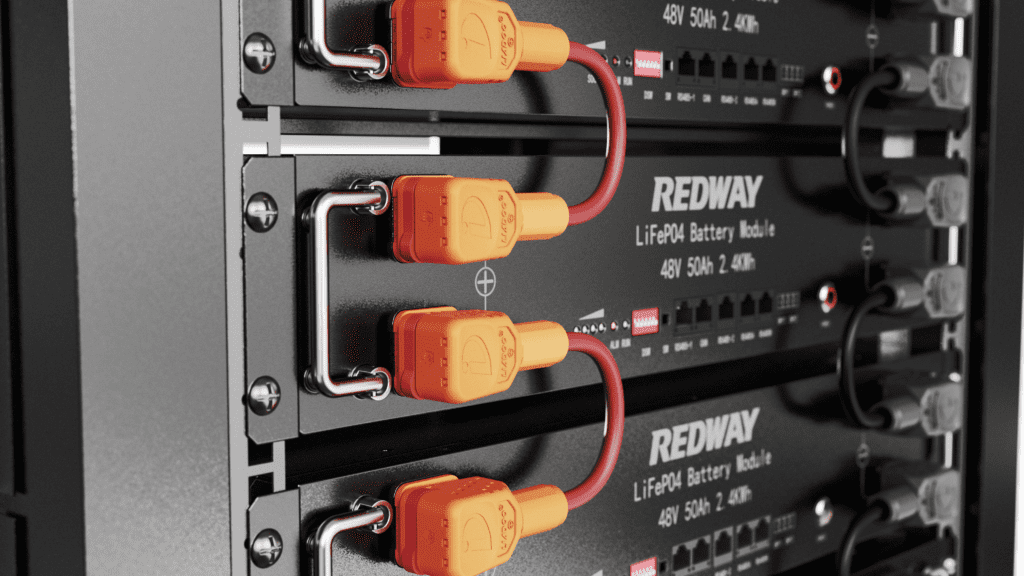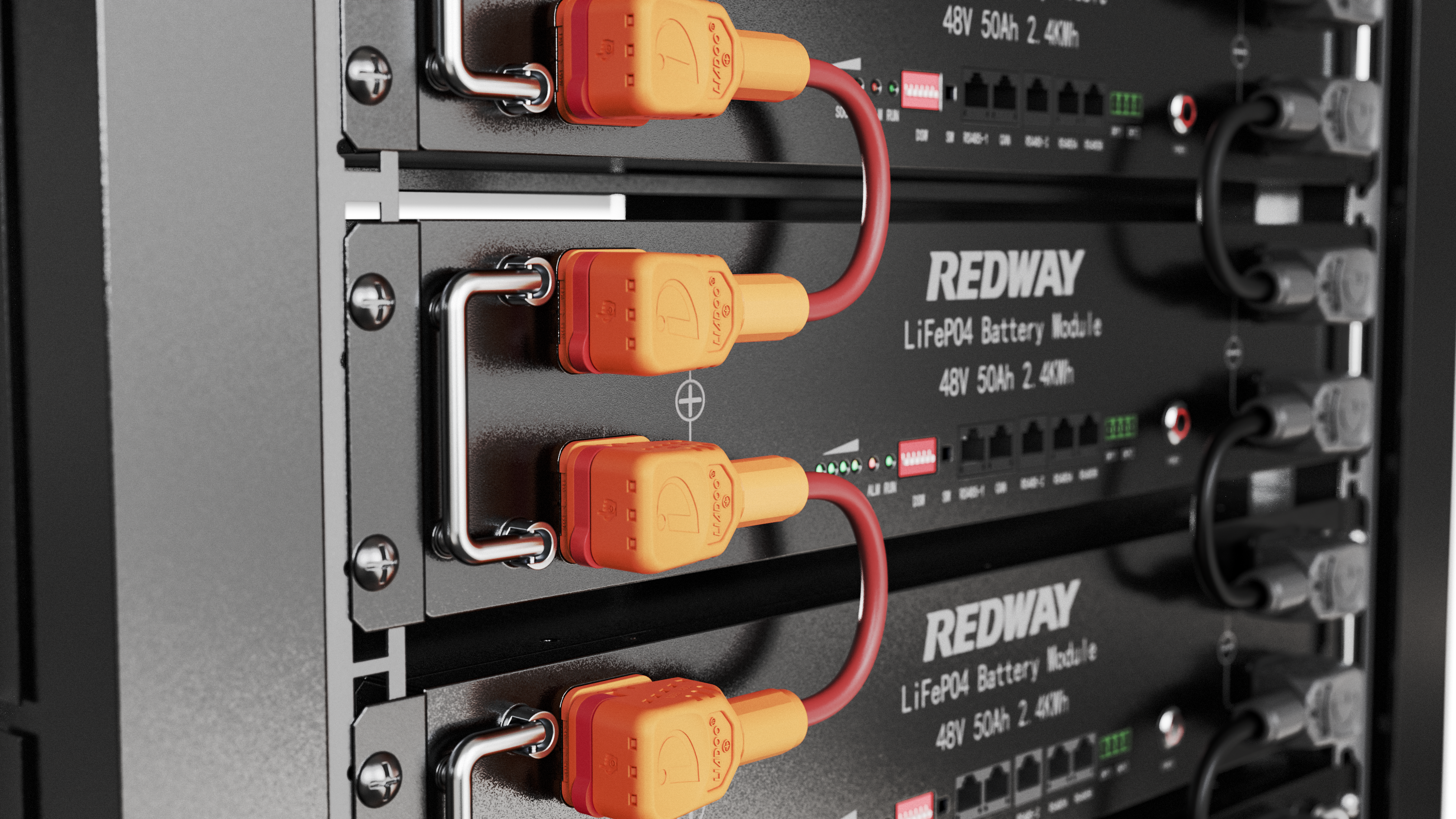Are you tired of experiencing power outages or high electricity bills? Look no further than a rack battery system! A rack battery system is an essential component for those seeking to reduce their energy costs and ensure uninterrupted power supply. However, with various types available in the market, it can be challenging to choose the right one for your home or business needs. In this article, we will explore the different components of a rack battery system and guide you through choosing the perfect one that suits your needs. So sit back, grab a cup of coffee and let’s dive into this exciting topic!

#post_seo_title
What is a Rack Battery System?
A rack battery system is a collection of batteries that are consolidated into one unit and mounted on a rack. It’s an energy storage device designed to store excess energy for later use, allowing you to reduce your reliance on the grid.
Rack battery systems come in various sizes, depending on the amount of power you need to store. They’re commonly used in commercial applications like data centers and hospitals but have become increasingly popular in residential settings as people seek more sustainable energy solutions.
The main advantage of using a rack battery system is that it allows you to cut down on peak demand charges by storing excess energy during off-peak hours and discharging it when demand is high. Additionally, they offer backup power supply during blackouts or emergencies.
Investing in a reliable rack battery system can help save money while providing uninterrupted power supply for your home or business needs.
The Different Types of Rack Battery Systems
There are several types of rack battery systems available in the market today. These different types cater to varying needs and preferences, depending on the application and usage.
One type is the lead-acid battery, which has been used for a long time now. It is affordable but has a shorter lifespan compared to other types. Another type is lithium-ion batteries, which have become popular due to their high energy density and long life span.
There are also nickel-cadmium batteries that can withstand extreme temperatures and have a longer lifespan than lead-acid batteries. However, they are more expensive than traditional options.
Other less common types include flow batteries that store energy in tanks as liquids instead of solid materials like most other batteries do. Sodium-sulfur (NaS) batteries are another option with high efficiency ratings and operate at elevated temperatures compared to conventional options.
When choosing between these different types of rack battery systems, it’s important to consider factors such as cost-effectiveness, longevity, power output requirements, temperature range capacity among others based on your specific needs as well as environmental impacts from each option before deciding which one suits you best.
Pros and Cons of a Rack Battery System
A rack battery system is a type of energy storage solution that offers several benefits and drawbacks to homeowners and businesses. One advantage of this system is its scalability, allowing for easy expansion as energy demands increase over time.
Another benefit of a rack battery system is its ability to provide backup power during grid outages, ensuring continuity in operations or daily activities. Additionally, the modular design allows for flexibility in installation locations.
However, there are also some downsides to consider when choosing a rack battery system. For instance, these systems can be expensive upfront due to the cost of batteries and associated equipment. The amount of space required may also be an issue for smaller homes or businesses with limited square footage.
Moreover, rack battery systems require regular maintenance such as monitoring the state-of-charge levels and temperature control to ensure optimal performance and prolong their lifespan.
Despite these cons, many people still opt for installing a rack battery system due to their eco-friendliness and long-term cost-effectiveness compared with traditional energy sources like gas generators or utility-scale storage solutions.
How to Choose the Right Rack Battery System for Your Home or Business
When it comes to choosing the right rack battery system for your home or business, there are several factors you should consider. One of the most important is capacity – how much energy storage do you need? This will depend on a number of things, such as how many appliances and devices you have, how often they are used, and what their power requirements are.
Another key consideration is voltage – specifically, whether you need a high-voltage or low-voltage system. High-voltage systems are typically more efficient but can be more expensive to install. Low-voltage systems may require multiple batteries but can be more affordable overall.
It’s also worth thinking about the type of battery chemistry that best suits your needs. Lithium-ion batteries tend to offer better performance and longer lifetimes than lead-acid ones, but they come with a higher price tag.
Other important factors include scalability (will your system be able to grow with your needs?), warranty terms (what protections does the manufacturer offer?), and installation requirements (will you need professional help?). By keeping these considerations in mind as you make your decision, you’ll be better equipped to find the right rack battery system for your unique situation.
Rack Battery System Installation and Maintenance
Installing a rack battery system involves several steps and requires professional assistance. The first step is to determine the location of the rack, which should be well-ventilated and accessible for maintenance. Once the location is established, the technician will install the components such as racks, batteries, inverters, wiring, and controllers.
When it comes to maintaining your rack battery system, there are several things you can do to ensure optimal performance. One crucial aspect of maintenance is regularly checking the state-of-charge (SOC) levels to prevent overcharging or undercharging. You may also need to inspect cables for signs of wear or corrosion and tighten any loose connections.
Replacing defective batteries in a timely manner prevents damage to other parts of your system while ensuring efficient energy storage capacity. Likewise, cleaning dust from cooling fans helps maintain optimum temperature conditions in your equipment cabinet.
Proper installation and regular maintenance are essential for getting maximum benefits out of your rack battery system. It’s always best advised that you seek professional help since they have both expertise and experience necessary for high-quality installations that guarantee durability with long-term use without compromising on safety or efficiency factors!
Conclusion
To sum up, a rack battery system is an essential investment for any home or business looking to cut down energy costs and become more environmentally friendly. With the different types available in the market, it’s important to choose one that meets your specific needs and requirements.
The pros of a rack battery system such as reduced energy bills and backup power during outages outweigh the cons, which are mainly related to installation costs. However, with proper installation and maintenance procedures followed by certified professionals, you can rest assured that your investment will pay off in the long run.
If you want to take control of your energy consumption and reduce your carbon footprint while ensuring continuous power supply for critical systems even during grid outages or natural disasters, then consider investing in a reliable rack battery system today!


